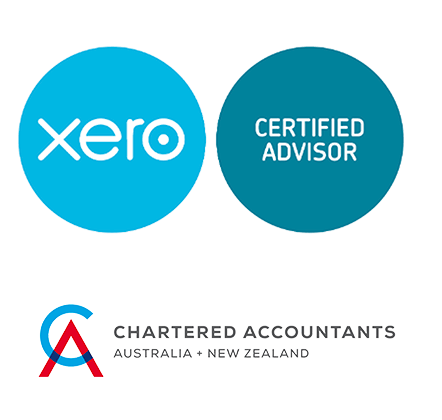We have put together a list below of commonly used accounting terms. Understanding “accountant-talk” can sometimes be daunting. Here are 10 terms to help you understand more next time you meet with your bookkeeper or accountant!
Asset: Essentially, assets are what you own. These include your bank accounts, business equipment, and even the amounts that customers owe you.
Revenue: Revenue is what you make. Another word for it is Sales. You generate revenue in your business when you make a sale to a customer. The amount of the sale is included in revenue.
Expense: An expense is what you spend in your business on items that are not expected to benefit you in the long term. Expenses include credit card fees, office supplies, insurance, rent, payroll expense, and similar items that you need to incur to keep your business running.
COGS: COGS stands for Cost of Goods Sold. It’s a form of expense that directly relates to the product or service being sold. For example, if shoes are being sold, the cost of purchasing those shoes are considered COGS, while something like rent or insurance is simply an expense. COGS is more important in manufacturing, retail, and distribution companies.
Net Income: Another word for net income is profit. It’s calculated by subtracting expenses from revenue. If what’s leftover is a positive number, it’s net income and if it’s negative, it’s a net loss. Besides your salary, it’s the amount of money you can either keep or re-invest into your business.
Liabilities: Liabilities are what you owe. If you have loans taken out for your business or owe suppliers money for invoices of purchases they sent you, those are liabilities. Common liabilities include sales tax that you’ve collected but not paid, unpaid suppliers’ invoices, credit cards that are not paid off each month, mortgages on buildings, and any bank loans you’ve taken out.
Equity: In mathematical terms, equity is the net of your assets less your liabilities. In more philosophical terms, it’s the net amount you and your fellow business owners have invested in your business adjusted by the years of net income you’ve made less than what you’ve taken out of the business.
General Ledger: A general ledger is a fancy word for your accounting books. It’s also a very specific report that lists each account within the chart of accounts, beginning balances, the activity of each account for a particular period of time, and ending balances. It includes both balance sheet accounts, such as cash, accounts receivable, and accounts payable, and income statement accounts, such as revenue and expenses.
Journal Entry: A journal entry is usually an adjustment that is made to the accounting books. The result is that some accounts increase and others decrease. In theory, every transaction made to a company’s books is a journal entry. When you write a check and it’s cashed, cash goes down and an expense is increased. When you receive a payment, cash goes up and revenue goes up. Each of these transactions is a journal entry.
Balance Sheet: A balance sheet is a very common report of all of the business’s account balances as of a specific date, such as 30 June. These accounts include cash, receivables, fixed assets, liabilities, equity and others.
The ATO has an extended glossary for more information, click here. But please don't hesitate to contact us with your questions – we love helping businesses understand their finances better.




